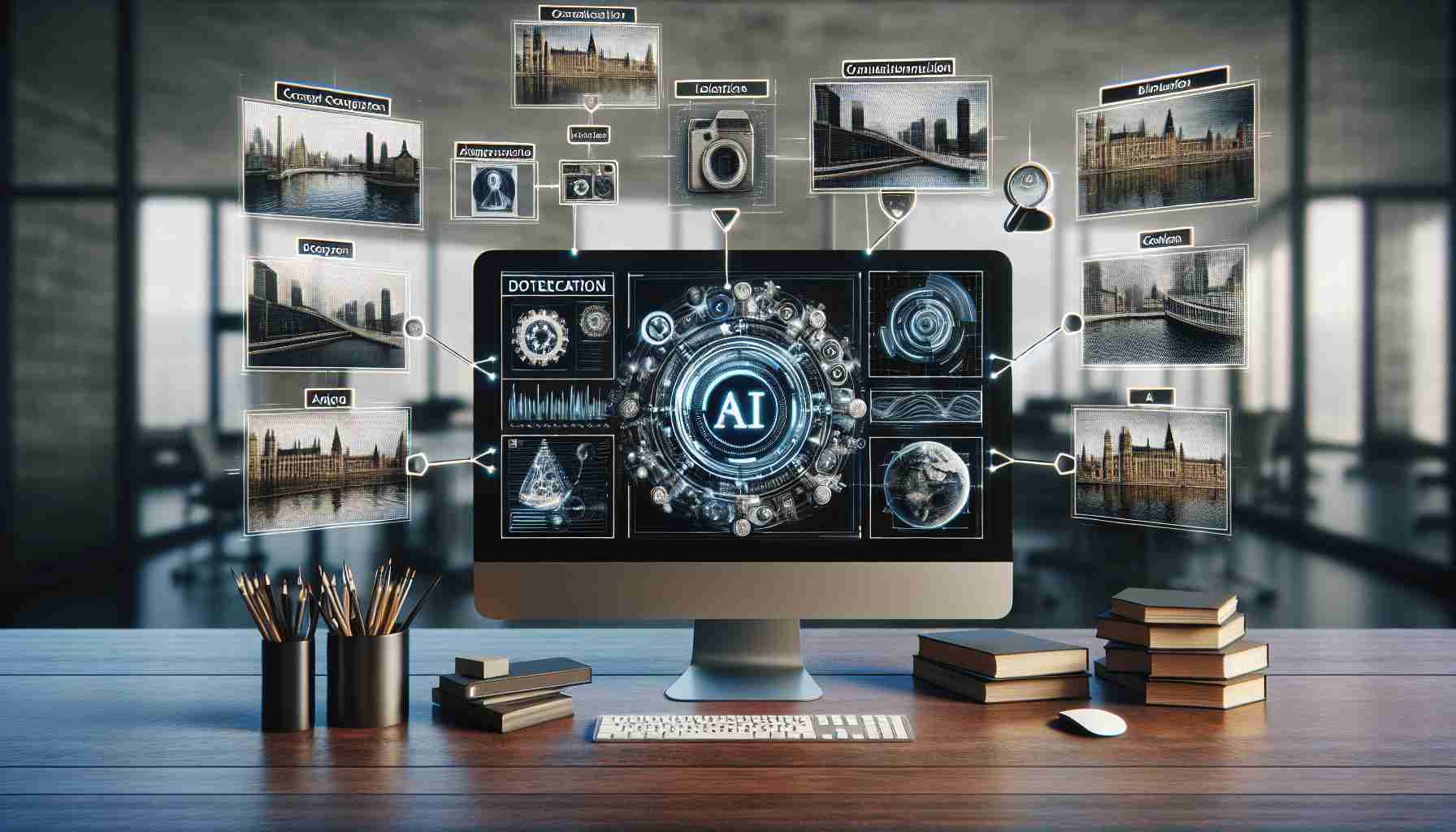Meta, the parent company of Facebook, Instagram, and Threads, is taking steps to identify and label AI-generated images on its platforms. The move is part of Meta’s efforts to combat deception and hold accountable those who intentionally mislead others. Currently, Meta’s AI-generated photorealistic images are already labeled as such. However, in a recent blog post, Nick Clegg, Meta’s President of Global Affairs, announced that the company plans to expand the labeling to AI-generated images created on rival services.
While Meta’s AI images already contain metadata and invisible watermarks that indicate their AI origin, the company is developing tools to detect these markers when used by other organizations such as Google, OpenAI, Microsoft, Adobe, Midjourney, and Shutterstock. By identifying and labeling AI-generated content, Meta aims to address the blurring line between human and synthetic content, providing users with transparency about the technology behind the images they encounter.
In the coming months, Meta plans to apply these labels in all languages. The company recognizes the importance of this effort, particularly during significant global elections occurring in the next year. However, it’s important to note that currently, the labeling is limited to images, and AI-generated audio and video content do not include these markers.
In addition to labeling, Meta intends to place more prominent labels on digitally manipulated or altered images, videos, or audio that have a high risk of materially deceiving the public. Furthermore, the company is exploring the development of technology that can automatically detect AI-generated content, even when these invisible markers have been removed or are absent.
Clegg acknowledged the adversarial nature of this space and the need for ongoing innovation to stay ahead of those seeking to deceive with AI-generated content. As AI deepfakes have already made an appearance during the US presidential election cycle, and instances like the controversial image alteration in Australia have occurred, Meta’s efforts to detect and label AI-generated content are vital in countering deceptive practices.
By fostering transparency and providing users with information about the nature of the content they encounter, Meta aims to create a safer digital environment where individuals can navigate and engage with media responsibly.
FAQ:
Q: What steps is Meta taking to combat deception on its platforms?
A: Meta, the parent company of Facebook, Instagram, and Threads, is identifying and labeling AI-generated images on its platforms. This is to address the issue of deceptive content and hold those accountable who intentionally mislead others.
Q: Are Meta’s AI-generated images already labeled as such?
A: Yes, Meta’s AI-generated photorealistic images are already labeled to indicate their AI origin.
Q: Will Meta expand the labeling of AI-generated images to rival services?
A: Yes, according to Nick Clegg, Meta’s President of Global Affairs, the company plans to expand the labeling to AI-generated images created on rival services such as Google, OpenAI, Microsoft, Adobe, Midjourney, and Shutterstock.
Q: What markers are used to indicate AI origin in Meta’s AI images?
A: Meta’s AI images contain metadata and invisible watermarks that indicate their AI origin.
Q: Is Meta developing tools to detect AI markers used by other organizations?
A: Yes, Meta is developing tools to detect the markers indicating AI origin when used by other organizations.
Q: Why is Meta identifying and labeling AI-generated content?
A: Meta aims to address the blurring line between human and synthetic content by providing transparency about the technology behind the images users encounter.
Q: Will Meta apply these labels in all languages?
A: Yes, Meta plans to apply the labels in all languages in the coming months.
Q: Do AI-generated audio and video content include these labels?
A: No, currently the labeling is limited to images and does not include AI-generated audio and video content.
Q: Apart from labeling, what other measures is Meta taking?
A: Meta intends to place more prominent labels on digitally manipulated or altered images, videos, or audio that have a high risk of materially deceiving the public. The company is also exploring the development of technology to detect AI-generated content even when markers are absent or removed.
Q: Why are Meta’s efforts to detect and label AI-generated content important?
A: AI deepfakes and instances of controversial image alteration have occurred, highlighting the need to counter deceptive practices. By detecting and labeling AI-generated content, Meta aims to create a safer digital environment.
Q: How does Meta plan to create a safer digital environment?
A: Meta aims to foster transparency and provide users with information about the nature of the content they encounter, allowing individuals to navigate and engage with media responsibly.
Definitions:
1. AI-generated images: Images created using artificial intelligence, where the AI software generates the content rather than a human.
2. Metadata: Descriptive information about a file, including details about its origin, creator, and content.
3. Invisible watermarks: Digital markers embedded in media files that can be used to identify their origin or track unauthorized usage.
Suggested Related Links:
– Meta: The official website of Meta, the parent company of Facebook, Instagram, and Threads.
– Facebook Newsroom: Provides official news and updates from Facebook, a subsidiary of Meta.
– Instagram Press: Offers official press releases and updates from Instagram, a subsidiary of Meta.
The source of the article is from the blog revistatenerife.com

